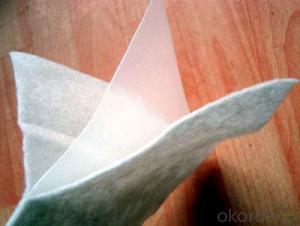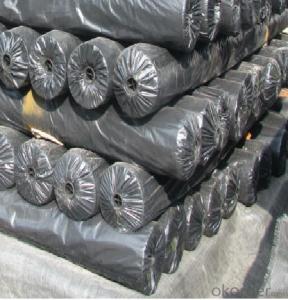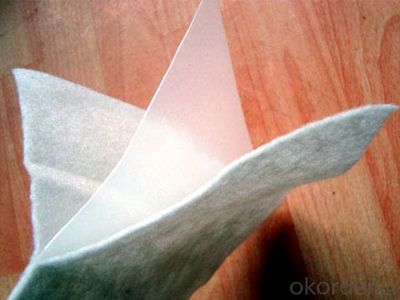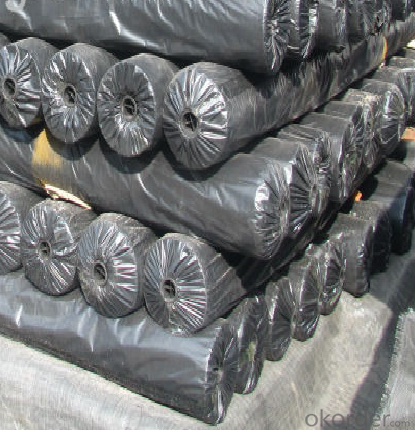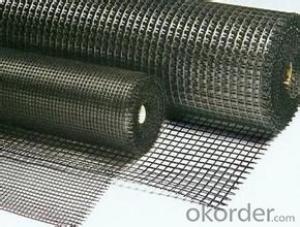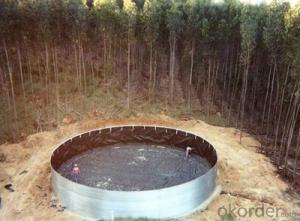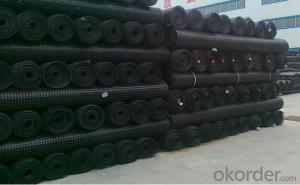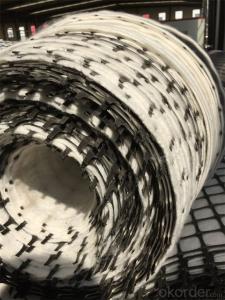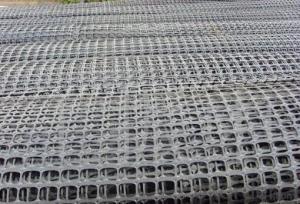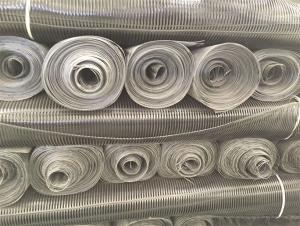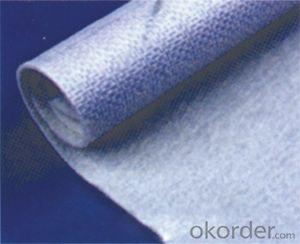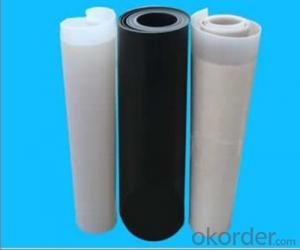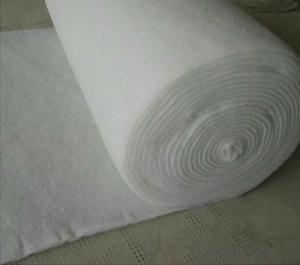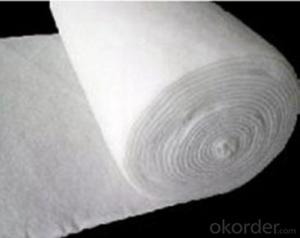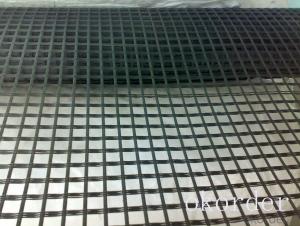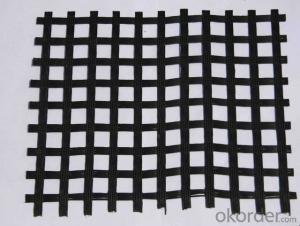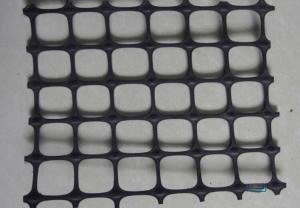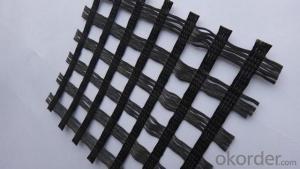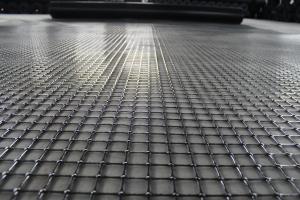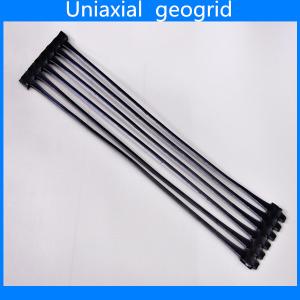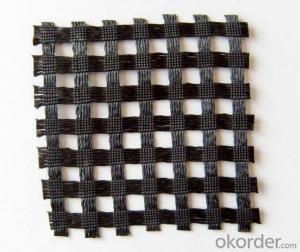Polymer Geogrids Reinforced Nonwoven Geotextiles in Civil Engineering Composite Geotextile with Membrane
- Loading Port:
- Qingdao
- Payment Terms:
- TT OR LC
- Min Order Qty:
- 1000 m
- Supply Capability:
- 50000 m/month
OKorder Service Pledge
OKorder Financial Service
You Might Also Like
Specifications
composite geotextile with membrane,nonwoven Geotextiles In Civil Engineering
1) Weight:100gsm-1500gsm
2) width:Within 8m
3)le
composite geotextile with membrane,nonwoven Geotextiles In Civil Engineering
Product Description
Geotextiles also called geotextile fabrics, it’s permeable geosynthetics made of synthetic fibers through woven or needle punched.
Geotextiles including :needle punched nonwoven geotextile , filament woven geotextile , split yarm PP woven geotextile,composite geotextile + geomembrane,Geotextile Bags.
1) Staple fibers needle punched non woven geotextile
The geotextile is made of polypropylene staple fibers on cross-laying equipment and needle punched equipment.
It owns the advantages of acid and alkali resistance, erosion resistance, aging resistance, large strength, stable size, good filtrability etc.
2 ) Filament non woven geotextile
Filament geotextile has features as follows: High strength, good capacity of elongation and high biology tolerance, alkali tolerance, acidity tolerance, weather resistance good filtration and fine drainage capacity etc. Also it is of low cost, easy in construction and use effects.
3) Geotextile membrane:
1. One piece of geotextile and one piece of membrance :Wight:100~1000/m2 , Thickness : 0.1~1.5mm
2. Two piece of geotextile and one piece of membrance :Wight:80~600/m2 , Thickness : 0.2~1.5mm
3. One piece of geotextile and two piece of membrance : Wight:100~1000/m2 , Thickness : 0.1~0.8mm
4. multi-layers :Wight:100~1000/m2 , Thickness : 0.1~0.8mm
Flexibility is good,except of geotextile's isolation,drainage, reinforcement,protective functions,It is also impermeable.
Usage: Widely used in dam,traffic tunnel,road,airport,drainage,housing,environmental protection and other fields for waterproof protection,reinforcement etc.
- Q: Are geogrids resistant to seismic forces?
- Yes, geogrids are resistant to seismic forces. They are designed to provide reinforcement and stability to soil structures, including retaining walls and slopes, during seismic events. Geogrids help distribute and dissipate the forces generated by earthquakes, reducing the risk of structural failure and enhancing overall stability.
- Q: How do geogrids improve the performance of geosynthetic reinforced slopes?
- Geogrids improve the performance of geosynthetic reinforced slopes by increasing the stability and strength of the slope. They provide reinforcement to the soil, preventing erosion and slippage. Additionally, geogrids distribute the load more evenly, reducing the stress on the slope and enhancing its overall performance.
- Q: What are the differences between geogrids and geopipes?
- Geogrids and geopipes are both geosynthetic materials used in civil engineering and construction projects, but they serve different purposes. Geogrids are typically made of high-strength polymers or metals and are used to reinforce soil, providing stability and enhancing load-bearing capacity. They are commonly used in applications such as retaining walls, slope stabilization, and road and pavement construction. Geogrids have an open structure with interlocking apertures, allowing soil particles to interlock with the material, creating a strong composite. On the other hand, geopipes are typically made of high-density polyethylene (HDPE) and are used for subsurface drainage and water management systems. They have a perforated or slotted design that allows for the efficient collection and transportation of excess water from the soil. Geopipes are commonly used in applications such as underdrains, French drains, and stormwater management systems. In summary, geogrids are used for soil reinforcement and stability, while geopipes are used for subsurface drainage and water management.
- Q: How much is a glass fiber mesh
- Alkali resistant glass fiber mesh cloth big price difference, and the alkali resistant glass fiber mesh quality, high tensile strength, elasticity, tensile strength and elongation between alkali resistant glass fiber mesh elastic limit, so the glass fiber mesh cloth price range is large, with "Jining wellav" WL-0812 series products the price, floating in the price range of $0.32--5
- Q: Why should the drainage pipe under the bottom of rubber dam be wrapped with geomembrane
- Why should the drainage pipe under the bottom of the rubber dam be wrapped with geomembrane?
- Q: Can geogrids be used in railway track stabilization?
- Yes, geogrids can be used in railway track stabilization. Geogrids are commonly used in civil engineering projects to improve soil stability, reinforce weak subgrades, and minimize lateral movement. In railway track stabilization, geogrids can be installed beneath the ballast layer to enhance load distribution, reduce track settlement, and increase the overall strength of the track system.
- Q: What is the recommended depth of geogrid installation?
- The recommended depth of geogrid installation depends on various factors such as soil conditions, load requirements, and project specifications. However, a general guideline is to install geogrids at a depth of at least 12 inches below the surface to ensure sufficient reinforcement and stability.
- Q: Do you need a production license for the production of geogrid?
- Main production, geotextile, geogrid, geomembrane, bentonite waterproof blanket,
- Q: Are geogrids effective in preventing soil erosion around pipelines?
- Yes, geogrids are effective in preventing soil erosion around pipelines. Geogrids provide structural support and reinforcement to the soil, preventing it from eroding and destabilizing around the pipelines. They help distribute the load and reduce the potential for soil movement, ensuring the stability and longevity of the pipeline infrastructure.
- Q: Overview of fiberglass grille
- With the warp and weft two-way high tensile strength and low elongation, and high temperature resistance, low temperature, aging resistance, corrosion resistance and other excellent properties, is widely used in the asphalt pavement, cement concrete pavement and subgrade reinforcement and railway roadbed, dam slope, airport runway, anti sand control project.
Send your message to us
Polymer Geogrids Reinforced Nonwoven Geotextiles in Civil Engineering Composite Geotextile with Membrane
- Loading Port:
- Qingdao
- Payment Terms:
- TT OR LC
- Min Order Qty:
- 1000 m
- Supply Capability:
- 50000 m/month
OKorder Service Pledge
OKorder Financial Service
Similar products
Hot products
Hot Searches
Related keywords
